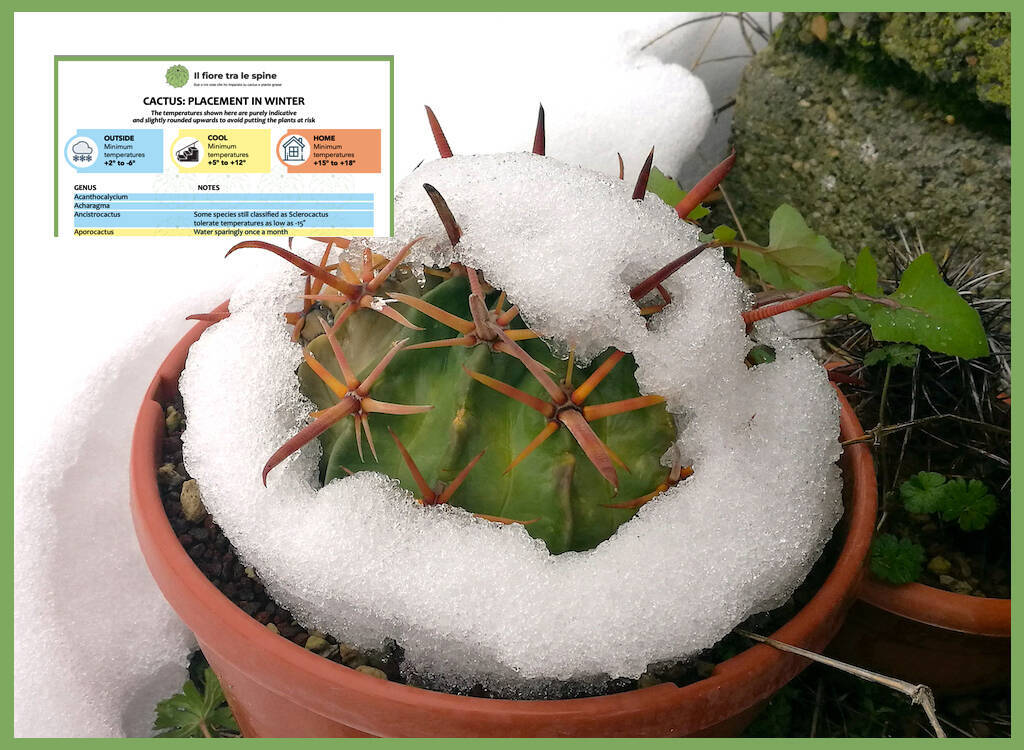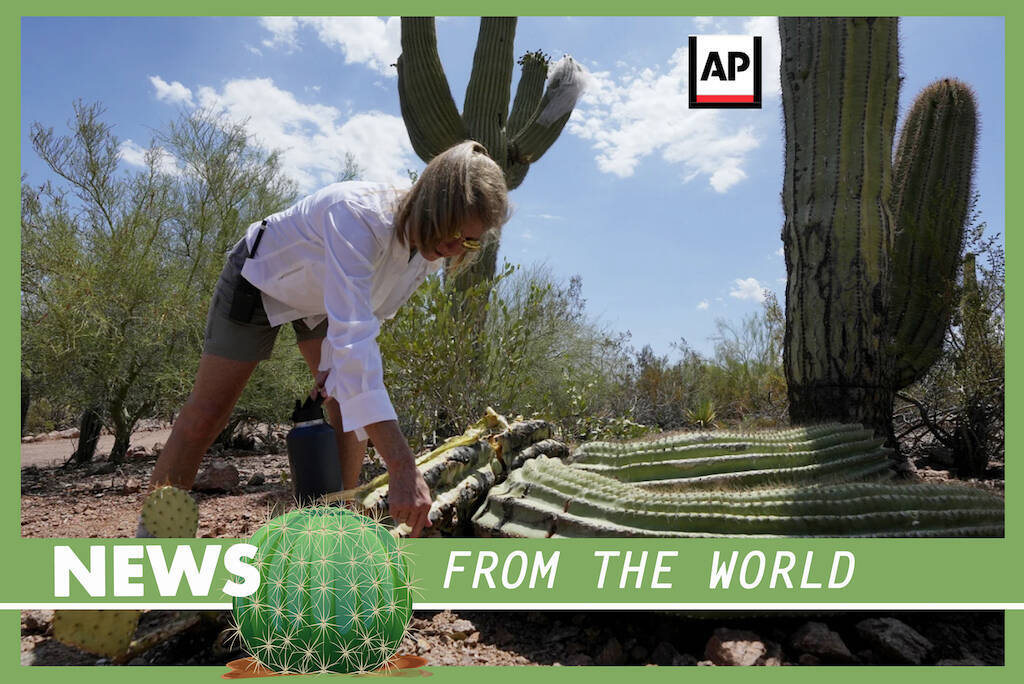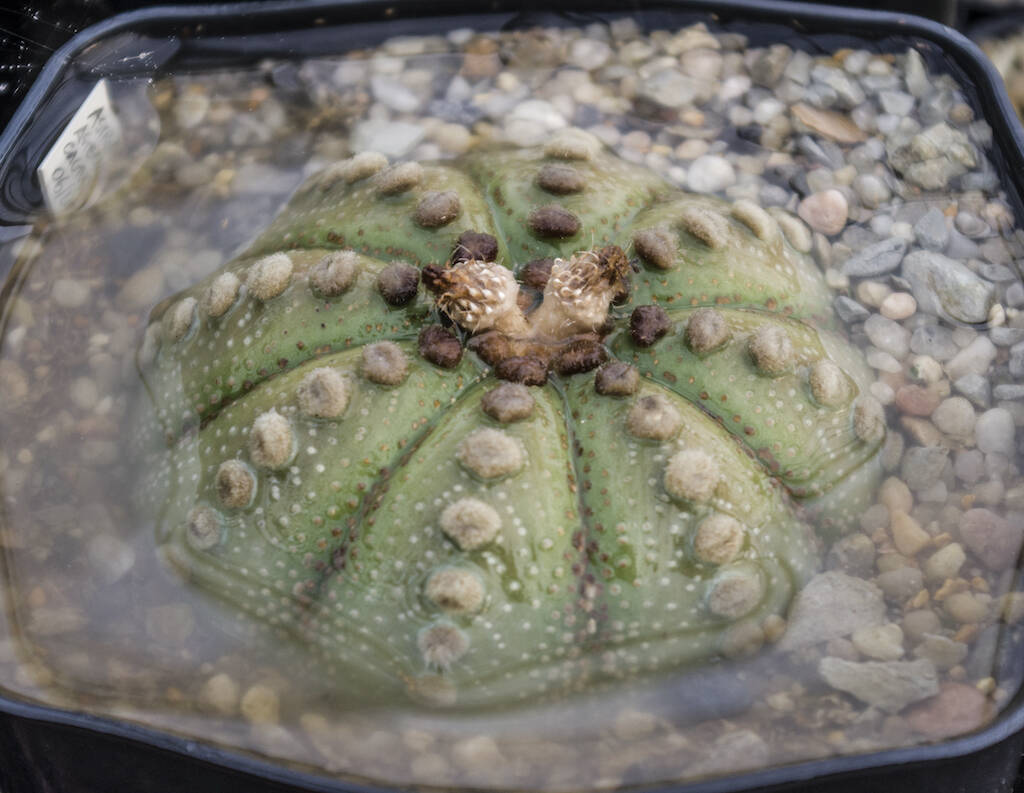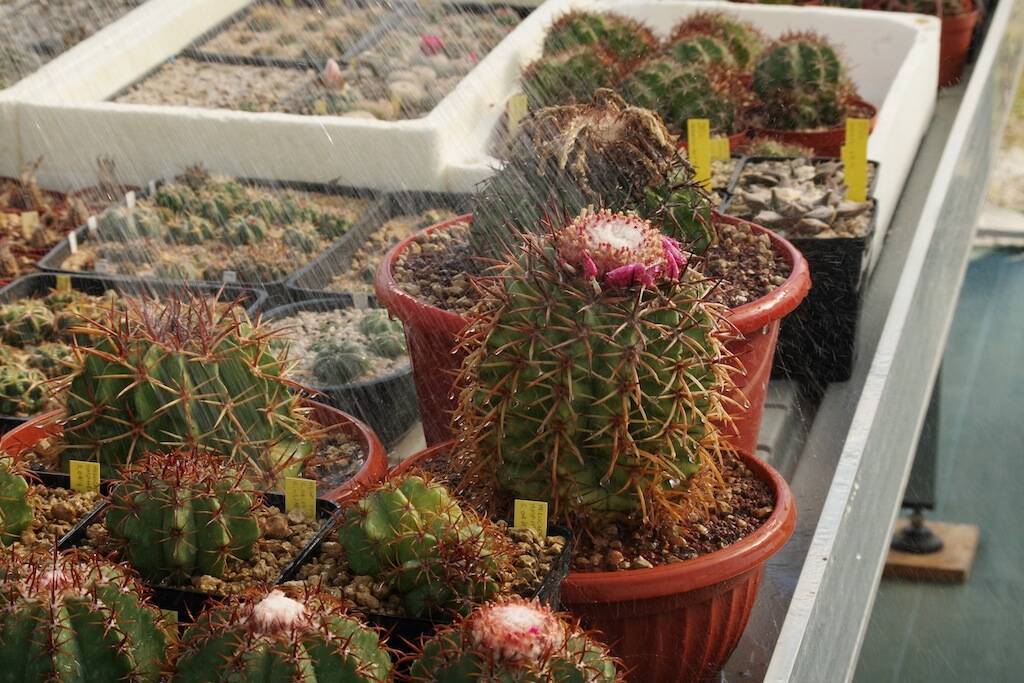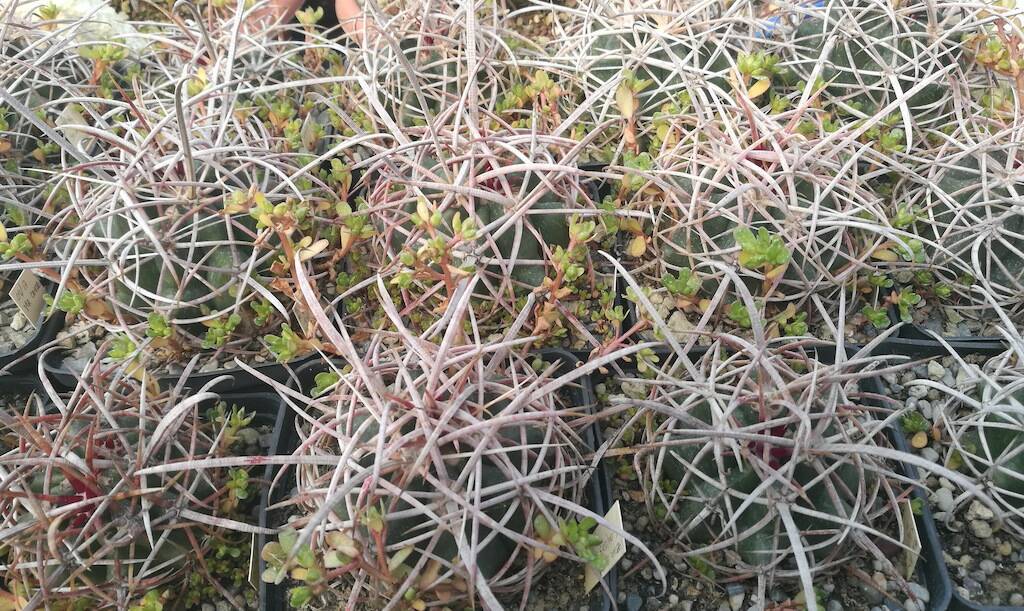A practical handbook and an in-depth analysis on a much debated topic among those who grow succulent and/or cactus plants. Here’s what you’ll find by reading this article, designed specifically to help those who, with the first drops in temperatures, are starting to wonder where to place their succulents when the real cold arrives. Unless you have a greenhouse, perhaps equipped with a burner regulated by a thermostat, the question is in fact more than pertinent: during the winter it is better to keep the succulent plants outside (sheltered from the rain), or in a cool environment such as a landing, an internal staircase or even a garage? Or should we bring all the plants indoors? It is good to clarify immediately that the answer to these questions cannot be tranchant or “absolute”: obviously the correct winter location depends on many factors, starting from the area in which the plants are grown (North or South Italy? North or South Europe? Sea or high mountains?) to arrive at the type of plant (Cactaceae, succulent native to Africa or Madagascar? Sempervivum, Crassula, Euphorbia?). In short, the range of cases is very broad and as always there are no absolute rules. Luckily there are many fixed points and many precautions that should be respected to ensure that our succulents pass the winter securely and take advantage of the vegetative stasis to be able to flower again the following year.
The following article answers these questions, and you will also find an indication of the correct measures to be taken to ensure that cacti and succulents overwinter in the best possible way, have abundant blooms and, above all, you’ll find a practical handbook with an indication of the best location for cacti and succulents organized in alphabetical order, so as to facilitate the identification of the plant, understand in which minimum temperature range it can stay and where it can be placed (for example outside, on a landing, or directly inside the house). (…)


